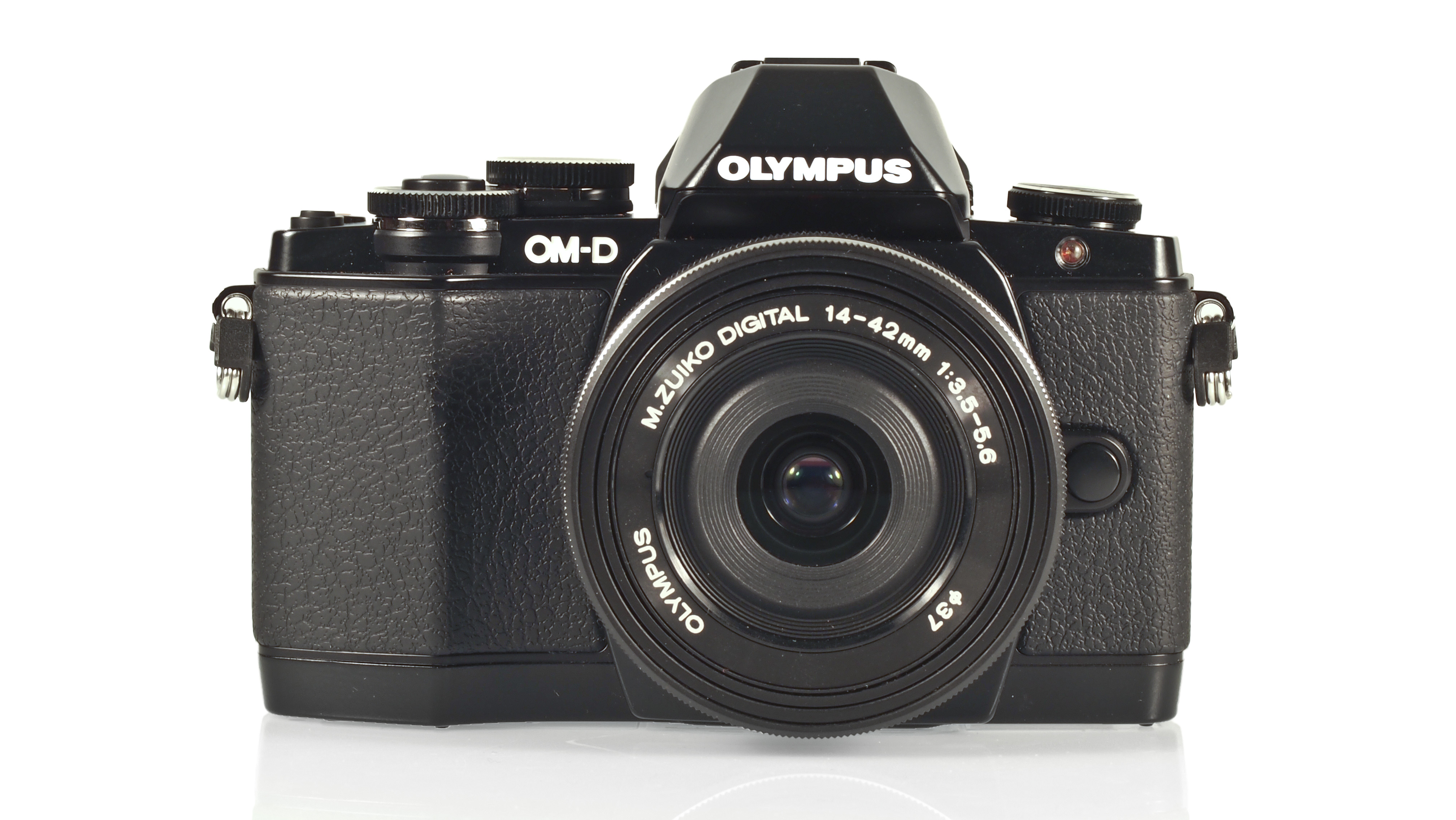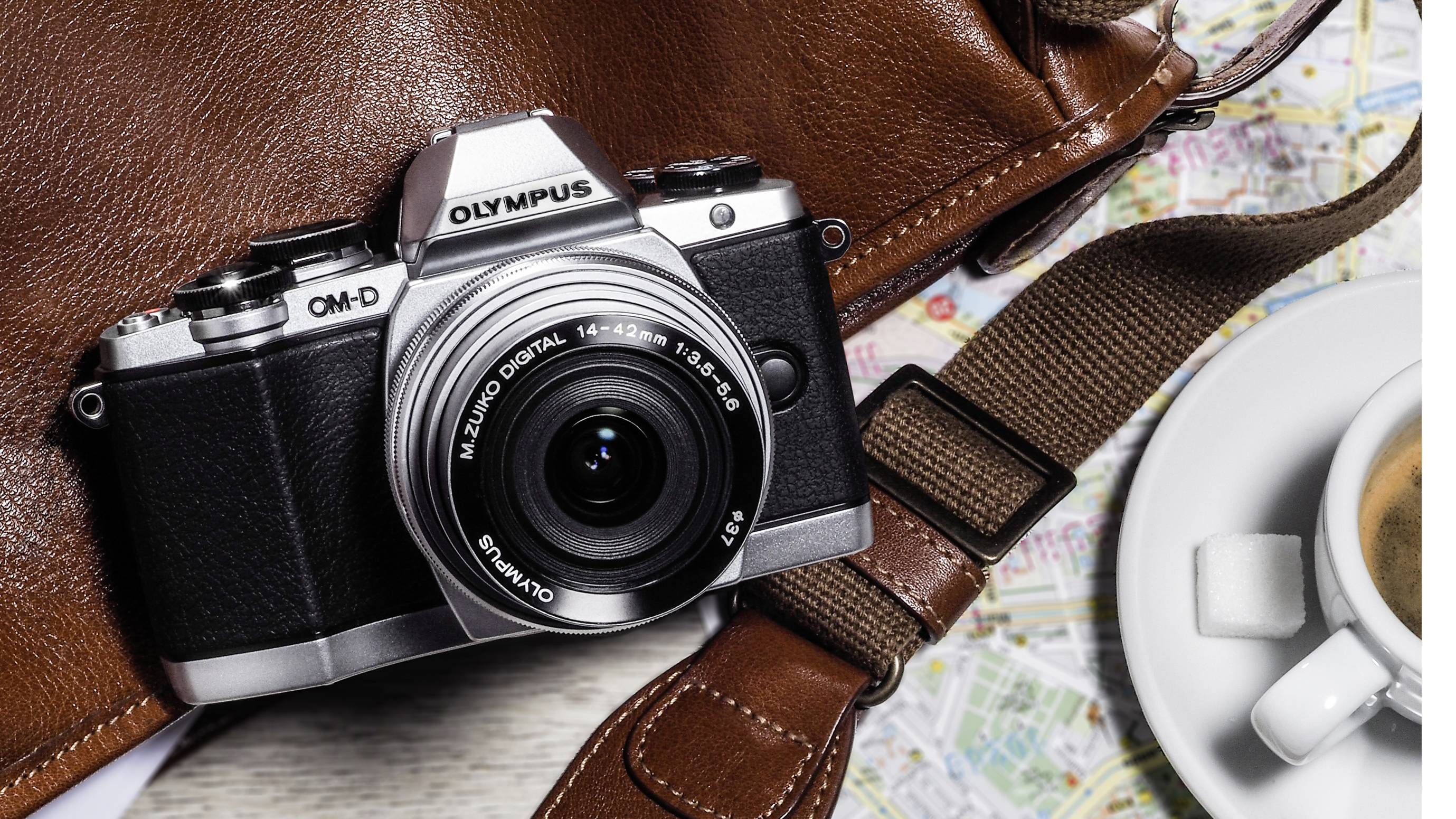Why you can trust TechRadar
As it has the same sensor as the E-M5 and the same processing engine as the E-M1, we had reasonably high expectations for the E-M10's image quality. These expectations have not been disappointed as the camera is capable of producing superb images with plenty of detail.
Noise is controlled well in JPEGs taken at up to around ISO 6400, when some smoothing and slight loss of detail is evident in images viewed at 100% on screen. As usual, this softening increases with sensitivity and while the top value, ISO 25,600, produces respectable results, many photographers are likely to keep it for emergencies only.

Luminance noise is visible at 100% from around ISO 1600, but it only starts to become noticeable at normal viewing sizes at about ISO 6400. Chroma noise (coloured speckling) isn't an issue in high sensitivity JPEG shots, even in the darker areas. It can be made to appear by turning off noise reduction when processing raw files, but it's fine-grained with no clumping or patterning visible and comfortably within respectable levels at ISO 6400.
Olympus's general purpose ESP metering system performs very well in a range of situations and delivers good exposures. Naturally, it's not completely foolproof and the exposure compensation facility can come in handy on occasion.
Where this was required during this test, it was usually to decrease the exposure a little in high contrast conditions. Reducing the exposure of a bright landscape shot by 1/3EV can also play dividends in colour saturation.
Colour tests
On the subject of colour, the E-M10 generally produces natural-looking hues in it's Natural Picture mode and the automatic white balance copes admirably with most natural lighting conditions. As is often the case, however, it struggles a little under artificial light when a bespoke setting is the best option via the manual white balance control.
Our lab tests indicate that the E-M10 has a pretty impressive dynamic range. While our real-world images confirm this, it's worth noting that it comes coupled with a slightly flatter look to JPEGs taken using the default 'Natural' Picture mode than the Fuji X-E2 produces.
The images look good, but they lack the bite or midtone contrast of JPEGs direct from the Fuji X-E2. This isn't intended as a criticism of either camera, just an observation. The E-M10's files have a larger range of tones and are less likely to lose the highlights.
As it has an anti-aliasing (aka optical low-pass) filter, we thought that the E-M10 may not be able to resolve quite as much sharp detail as the E-M1, but judging by our resolution chart images, it can. In fact it can resolve a little bit more than the E-M1 and the E-M5 at some low and mid-range sensitivity settings, although there's not a huge amount in it.
Visible detail
At the higher end of the sensitivity scale, however, its resolution score drops off, probably because of the noise control. But there is still a good impression of detail visible at normal viewing sizes.
In normal daylight conditions the E-M10's autofocus system is fast and accurate. It's even able to keep up with quite fast-moving subjects and in AF Tracking mode it can keep it sharp as it moves around the frame.
Flushed with confidence at this success, we took the OM-D E-M10 to a funfair at night to see how it would deal with erratically moving subjects under low-light conditions. Sadly, it proved too much for the camera's contrast detection AF system, which though able to cope with stationary subjects, was not quick enough to lock onto fast moving subjects such as dodgems and roundabouts in the low artificial light.
However, we managed to get a few sharp shots of a children's mini-rollercoaster. In continuous AF mode, provided we kept the active AF point over the moving subject, the camera was able to get it sharp and stayed with it as it moved towards us.
Filter control
Olympus's Art Filters have proved very popular because they're a convenient way of applying effects to JPEGs. It's particularly useful that you can set the bracketing control to produce an image using every Art Filter with just one press of the shutter release.
You can select which Art Filter you want to use, so you don't have to use them all if you don't want to. The TruePic VII processor makes using this bracketing option a much better experience than it was in the past as processing and write times are much faster. The fact that you can shoot unaffected raw files at the same time is a major bonus not offered by any other camera manufacturer.
